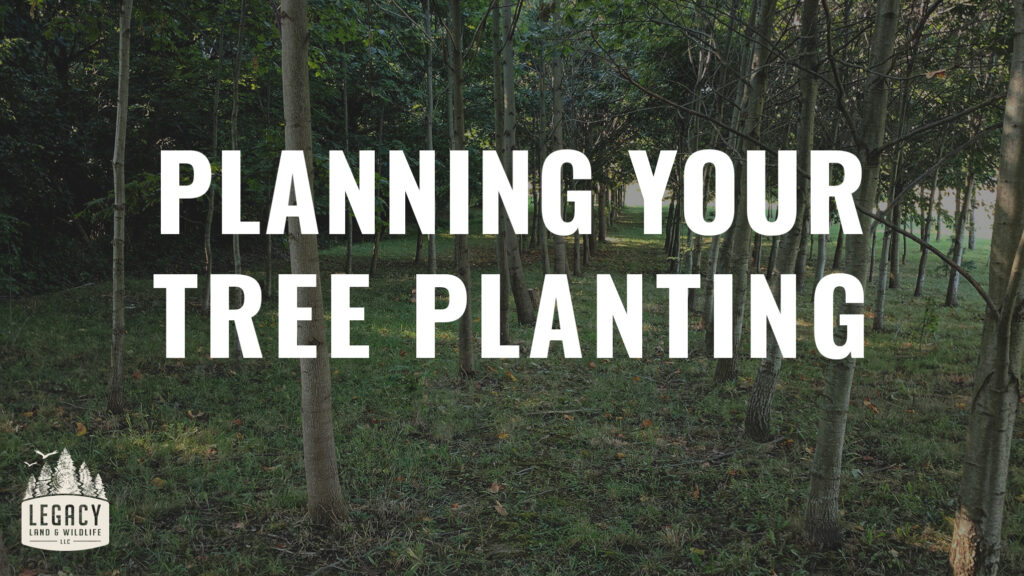
Planning Your Tree Planting
If you fail to plan, you are planning to fail. It is human nature to be lazy. Do not make this common mistake before investing time, money, resources, and sweat equity into your tree planting project.
Consider this simple seven step process for planning your tree planting:
- Site conditions
- Nursery selection
- Type of planting stock (bare-root, balled and burlap, containerized, cuttings, and live stake)
- Tree selection (both for the site and at the nursery)
- Site preparation
- Tree planting
- Tree care and maintenance
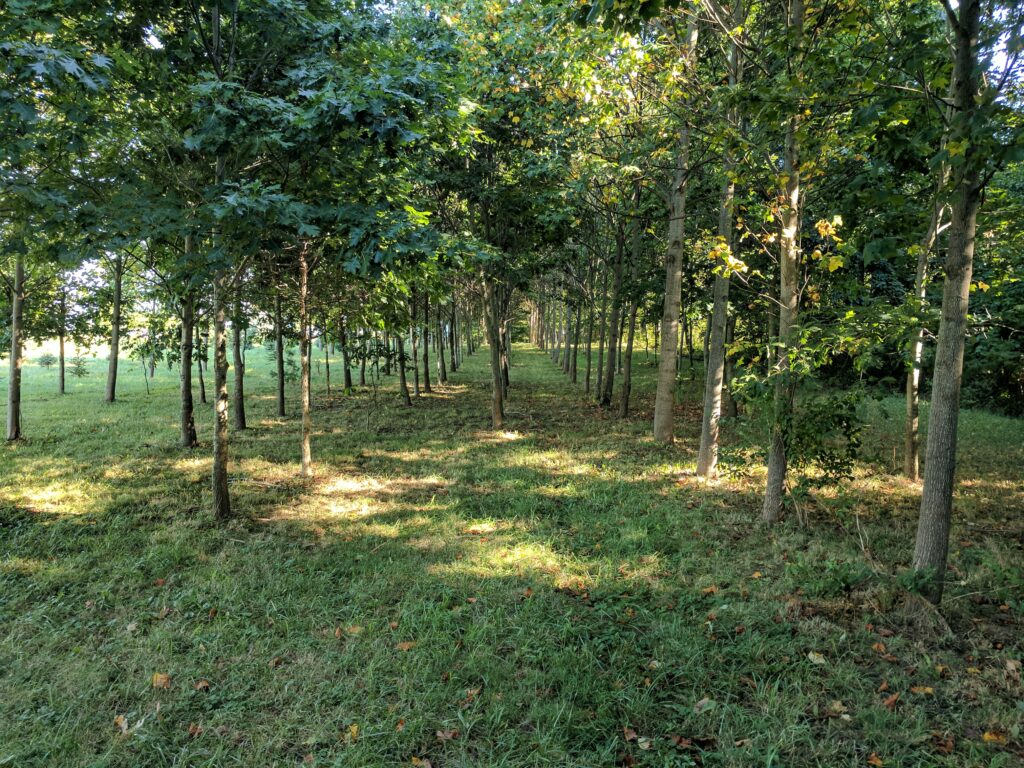
Further examination of conditions where you plan on planting your trees:
- Hardiness zone (link to this on website: https://planthardiness.ars.usda.gov/)
- Soil type (link to WebSoil Survey on website: https://websoilsurvey.sc.egov.usda.gov/App/HomePage.htm)
- Soil fertility (link to website: Soil Testing article)
- Soil drainage classification (use WebSoil website)
- Sun exposure (at the planting site)
- Presence of deer, rabbits, and voles
- Insect and disease potential
Crucial specifics about tree selection:
- Goals and objective for tree planting
- Is the tree/shrub an invasive species?
- Preferred hardiness zone
- Soil type and fertility preference
- Soil moisture tolerance
- Shade tolerance
- Fall foliage color
- Approximate growth patterns (height, width, etc.)
- Benefit(s) to pollinator species
- Type and color of flowers
- Fruiting expectations
- Maintenance requirements (pruning, fertilization, etc.)
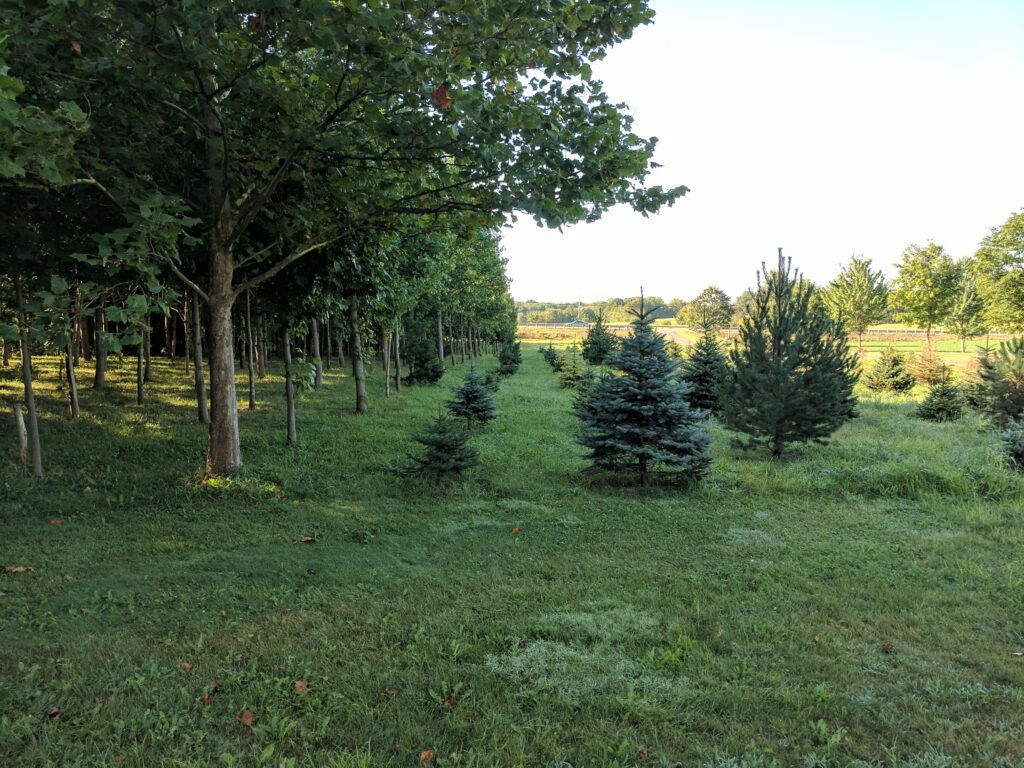
Discussing necessary details about tree planting:
- Nursery selection
The store you choose to buy you trees from is critical. This step is often rushed due to lack of planning and patience. - Tree selection at the nursery
A common mistake before purchasing is not taking the time to evaluate the tree(s) before purchase at a nursery.
You must know what to look for at the nursery. - Planting timing
The type of growing stock and tree species will directly influence when you should order/buy and plant your trees. For example, bare-root stock ordered for a tree planting will be sent to you in the early spring to plant. - Planting spacing and layout
The spacing pattern will largely be influenced by your goals and objectives. For example, a planting for wildlife will look much different than one for timber production. Use the resources provided at the end of this blog for further details. - Planting depth
This is a crucial aspect that will directly affect the success of your planting. Refer to the resources provided to better understand how deep to plant your trees. - Species diversity
Any type of tree planting should include multiple tree species, especially mast (hard or soft) producing trees and trees that would provide thermal cover for wildlife. - Species that favor wildlife
Several native trees may be planted to greatly favor providing crucial food sources for wildlife. - Tree tubes vs. no tree tubes
Tree tubes (or some form of protection) may need to be implemented to prevent browsing and/or girdling of the trees.
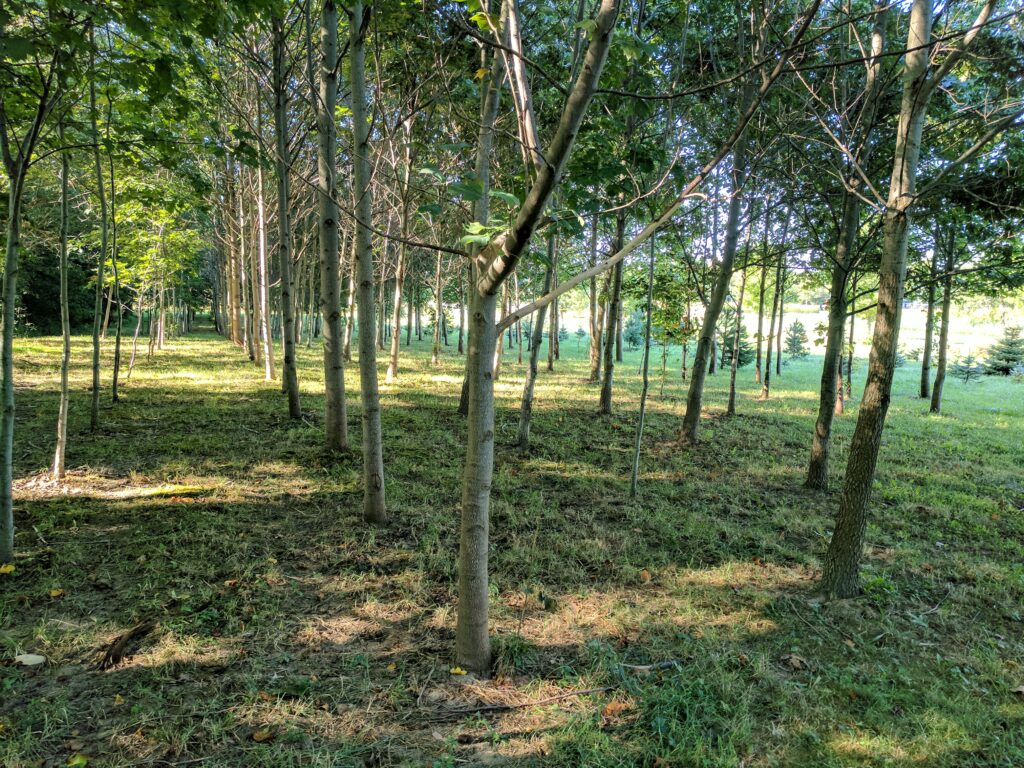
Common mistakes when planting trees
- Limited tree planting knowledge
- No or limited planning
- Being flippant or rushing where you purchase your trees
- Lack of knowledge about tree species being planted
- Planting too deep
- Buying root bound trees
- Not removing the burlap and/or wire cage
- Wrong tree for the site
- Wrong site for the tree
- Planting too close to critical areas (house, electrical wires, underground utility lines, etc.)
- Not installing tree protection (to deter deer, voles, etc.)
- Not enough sun or too much sun at the planting site
- Planting too close together
- Planting invasive species in landscaping around homes
Tree planting is a great way to establish tree species diversity on the landscape. May this resource help you think more strategically about your next tree planting project!
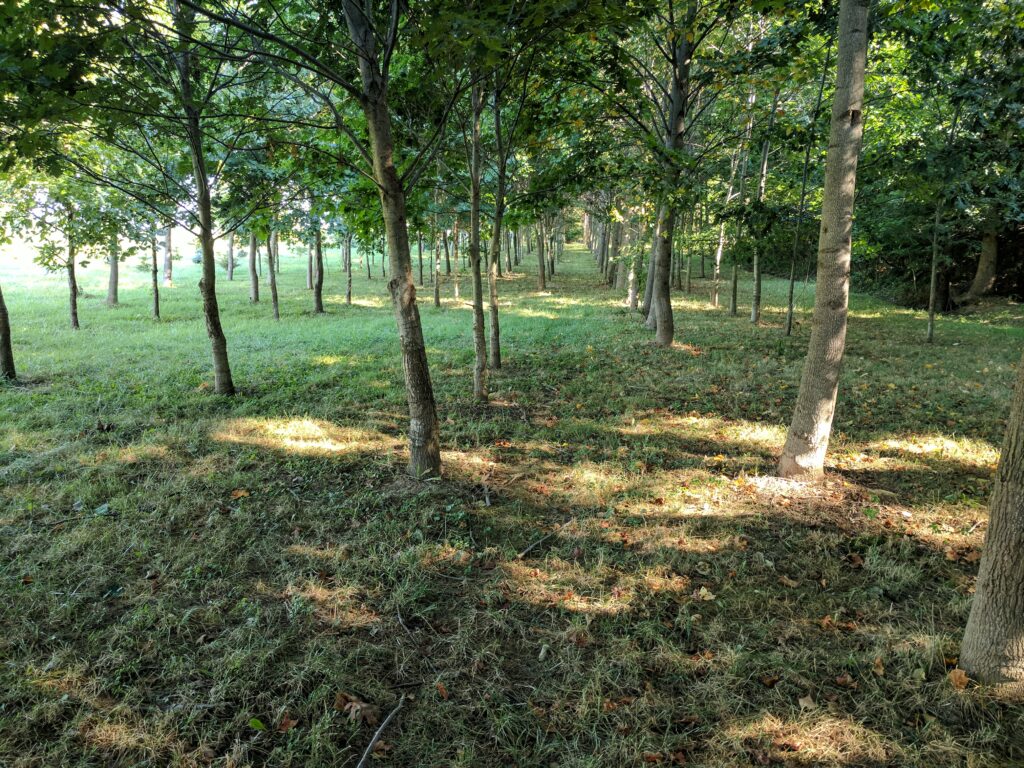
Here are some helpful resources for your tree planting library:
- Forest Landowners Guide to Tree Planting Success
- Planting Forest Trees and Shrubs in Indiana
- Nursery Recommendations
- Legacy Land & Wildlife LLC Tree Planting Guide
- Live Staking for Stream Restoration | Penn State Extension
- What Native Species Should I Plant After I Remove Invasives?
- Pennsylvania Bureau of Forestry Planting and Seeding Guidelines
- Tree Seedling Index
- How to Choose the Best Trees at a Tree Nursery (Richard’s Tree Service)
- Selecting Quality Trees from the Nursery
- Alternative for Invasive Plants in Ohio
- Is Fall a Good Time to Plant Trees and Shrubs
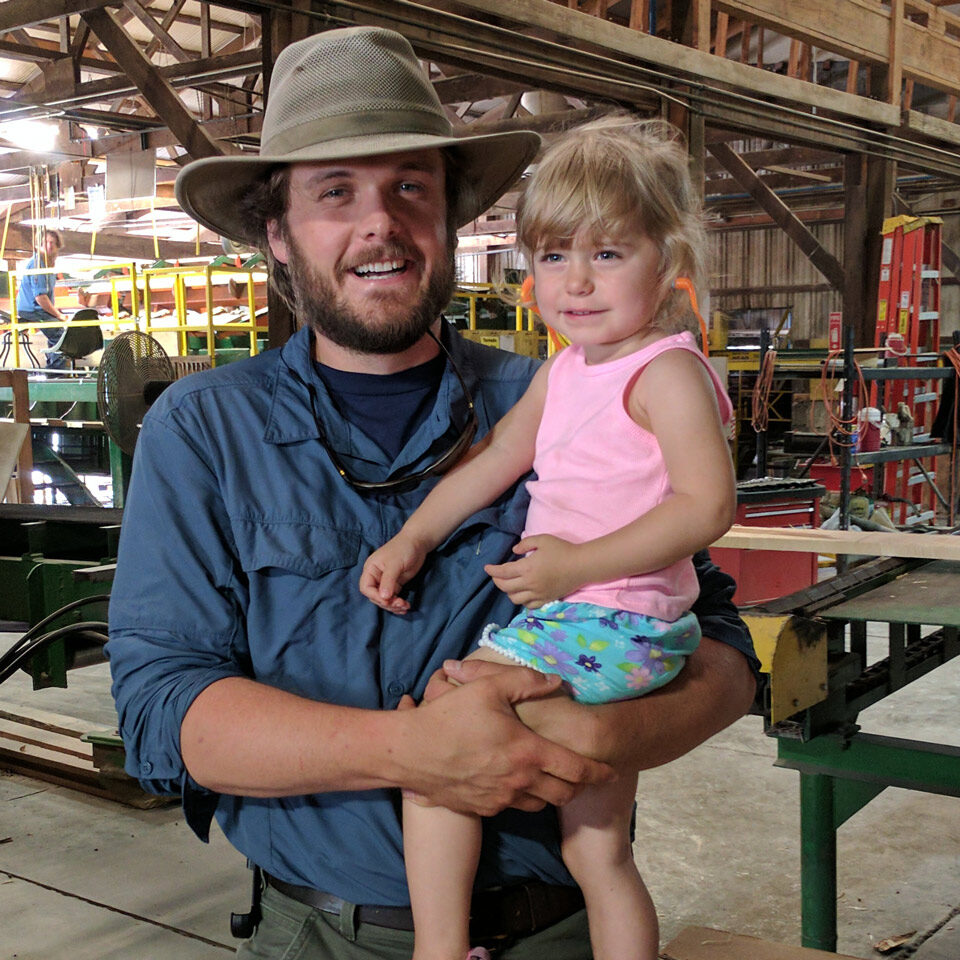
About Dave Duell
Outdoorsman, conservationist, forester, father, husband, and Christian: Dave Duell owns and manages Legacy Land and Wildlife LLC and provides conservation and forestry services and guidance to Pennsylvania and Ohio. It's his passion to assist and educate land owners and other outdoors enthusiasts about the importance of being a good steward of their land and the wildlife therein. Learn more about Dave and Legacy Land & Wildlife by clicking here.

Legacy Land & Wildlife LLC is your resource for forestry, conservation, and land & wildlife stewardship. Based in Eastern Ohio, we provide services to Ohio, Pennsylvania, and beyond.
